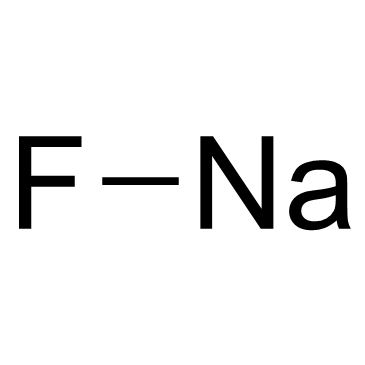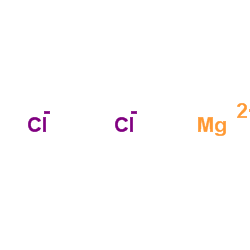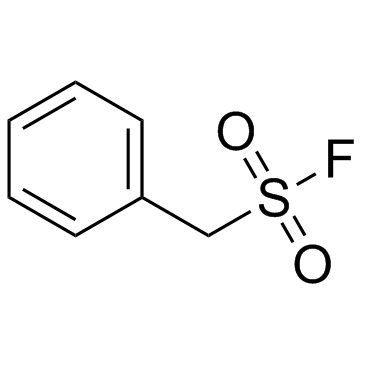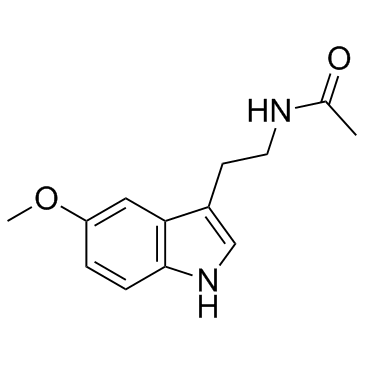| Structure | Name/CAS No. | Articles |
|---|---|---|
 |
Sodium Fluoride
CAS:7681-49-4 |
|
 |
sodium chloride
CAS:7647-14-5 |
|
 |
Propofol
CAS:2078-54-8 |
|
 |
Magnesium choride
CAS:7786-30-3 |
|
 |
L-Glutamine
CAS:56-85-9 |
|
 |
Heptan-1-ol
CAS:111-70-6 |
|
 |
SODIUM CHLORIDE-35 CL
CAS:20510-55-8 |
|
 |
PMSF
CAS:329-98-6 |
|
 |
Tetracaine
CAS:94-24-6 |
|
 |
Melatonine
CAS:73-31-4 |